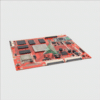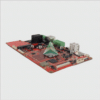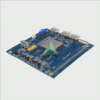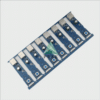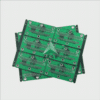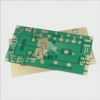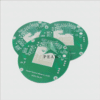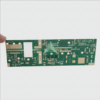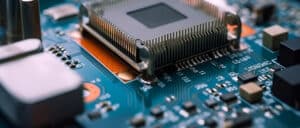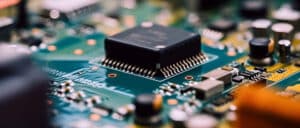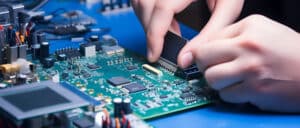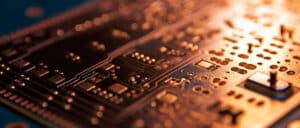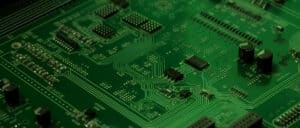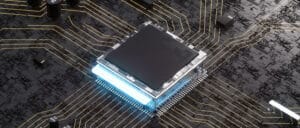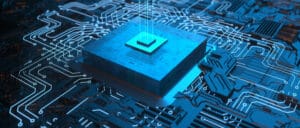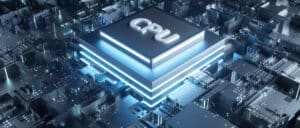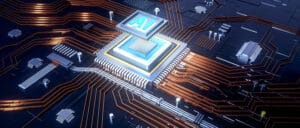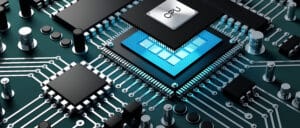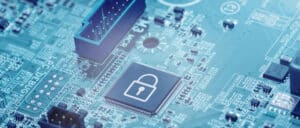Mastering HASL PCB: A Comprehensive Guide to Hot Air Solder Leveling in 2024
Circuit boards form the core of nearly all electronic devices, and their production process requires an intricate blend of design precision, material science and engineering methodologies. One such methodology stands out due to its widespread and practical applications: Hot Air Solder Leveling (HASL). As we move further into 2024, understanding HASL in relation to Printed Circuit Boards (PCBs) has never been more important.
What are HASL PCBs?
Hot Air Solder Leveling (HASL) is an established method for applying solder paste with a specific alloy composition onto exposed copper areas of Printed Circuit Boards (PCBs). To complete the process, PCBs are submerged in a molten solder bath before using a leveled hot air knife to blow away excess solder. The goal of HASL is to achieve an even surface by evenly coating pad locations and component-mount locations accurately; since its creation, it has become one of the most frequently utilized surface finish treatments employed within PCB industry.
Understanding the Benefits of HASL
Accurately assessing HASL’s significance in PCB manufacturing requires understanding its advantages. Not only is this method cost-effective and widely available, it provides reliable surface finishing at an even level and supports both lead-free soldering as well as lead solder for adaptability to an application’s environmental requirements.
Trends and Development of HASL Technology
Technology advancements have not left PCB manufacturing unaffected. Amid mounting environmental concerns, lead-free solder has seen widespread adoption as part of an industry shift towards lead-free electronics production strategies and standards. LFHASL has played an instrumental role in combatting its harmful implications, prompting an amazing shift in manufacturing standards and strategies across many companies worldwide.
The Challenges with HASL
As with any technology, HASL presents its own set of challenges. Over the years, there has been an exponential increase in fine pitch components, BGAs and smaller SMT footprints; making achieving flat surfaces with HASL increasingly challenging and necessitating alternative surface finishing processes for certain applications.
The Future of HASL
As we transition towards 2024, HASL remains an indispensable technology in PCB design despite its challenges. Industry demands for cost-effective and environmentally friendly solutions suggest an ongoing role for HASL’s successors – provided they make use of advancements that complement emerging technologies seamlessly.
Hot Air Solder Leveling (HASL) PCBs present an intricacy of challenges and milestones to navigate as we head into 2024, but their role continues to evolve with each passing day, from providing cost-effective soldering solutions to maintaining even coating surface finishes, HASL has made an indelible mark in shaping this industry.
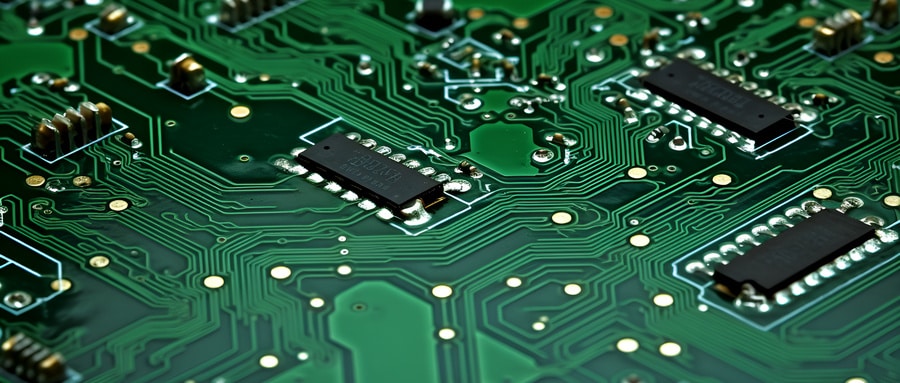
No matter if you are an enthusiast, manufacturer, or an inquisitive learner – understanding current trends, future pathways, and comprehensive knowledge about HASL PCBs will enable you to make wise choices and stay ahead in the PCB industry. As we learn and expand with evolving trends, our fascination for their ever-expanding sphere continues growing!
FAQ:
- Q: What does HASL stand for in PCB manufacturing?
A: HASL stands for Hot Air Solder Leveling, a process used to coat the PCB with solder to protect the copper from oxidation. - Q: What is the purpose of HASL in PCB making?
A: HASL provides a solderable surface for component mounting and protects the copper from oxidation and tarnish. - Q: What are the benefits of HASL PCBs?
A: HASL PCBs are inexpensive, widely available, and the process is well understood and reliable. - Q: Are there any downsides to HASL PCBs?
A: The main downside is that it can lead to uneven surfaces due to the uneven distribution of solder, which can cause issues in fine-pitch components. - Q: Can HASL be used for lead-free PCBs?
A: Yes, there is a variant of the process known as Lead-free HASL (LF-HASL) which uses a lead-free solder alloy. - Q: Are HASL PCBs suitable for all types of projects?
A: While they are versatile, they might be unsuitable for PCBs with small components or those requiring high precision and smooth surfaces, due to potential unevenness. - Q: How does HASL compare with other surface finishes like ENIG or OSP?
A: Both ENIG and OSP provide smoother finishes than HASL. However, ENIG is more expensive while OSP may not provide as robust a protection against oxidation. - Q: Can any PCB manufacturer apply a HASL finish?
A: Most PCB manufacturers are capable of applying a HASL finish, as it is one of the most common techniques used. - Q: Does a HASL finish affect the performance of a PCB?
A: It can affect assembly and component mounting due to potential unevenness, but generally has a minor effect on electrical performance. - Q: What factors should I consider before choosing a HASL finish?
A: Consider the demands of your project, particularly the size and spacing of your components, your budget, and the desired durability of the PCB.

